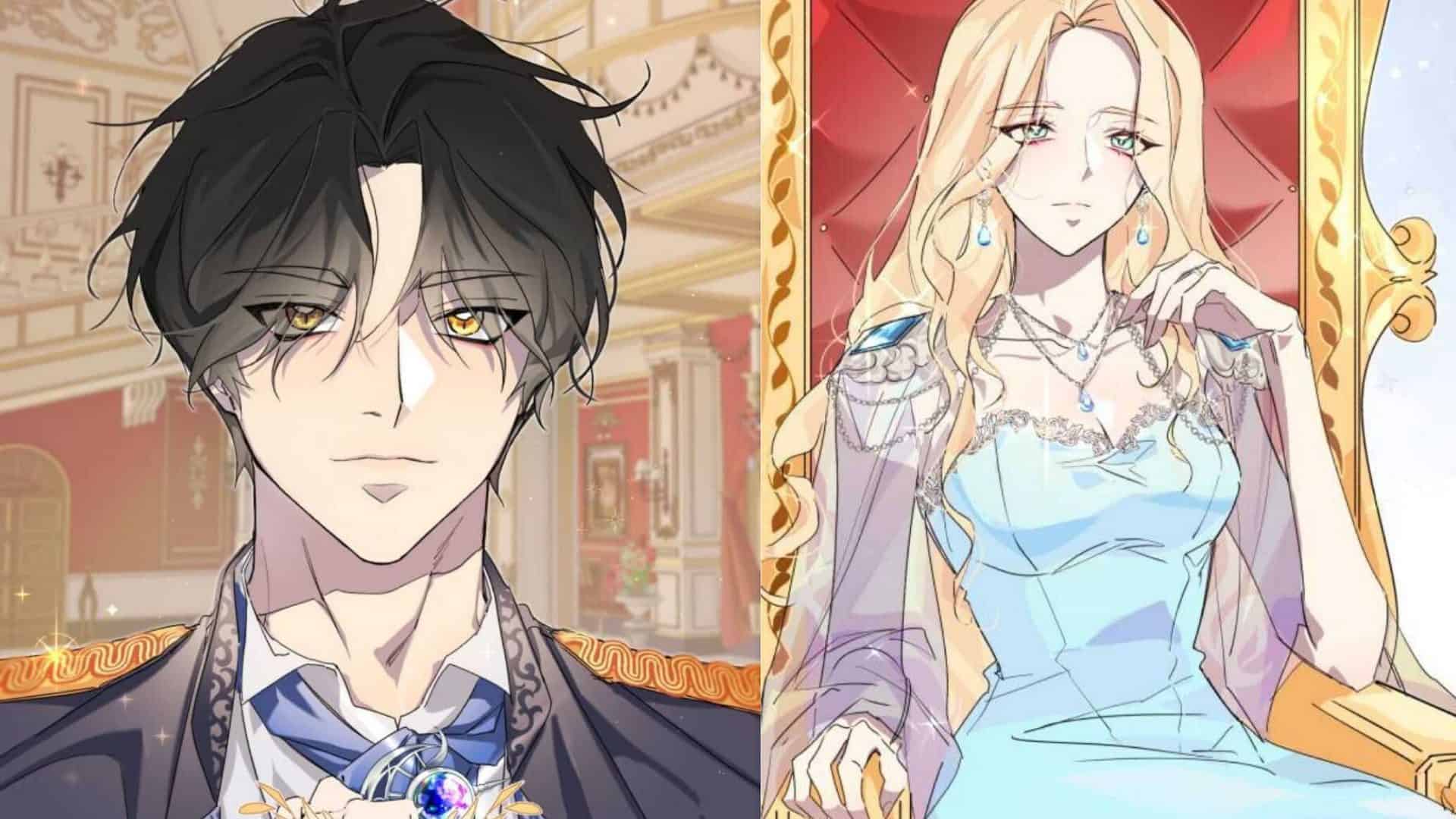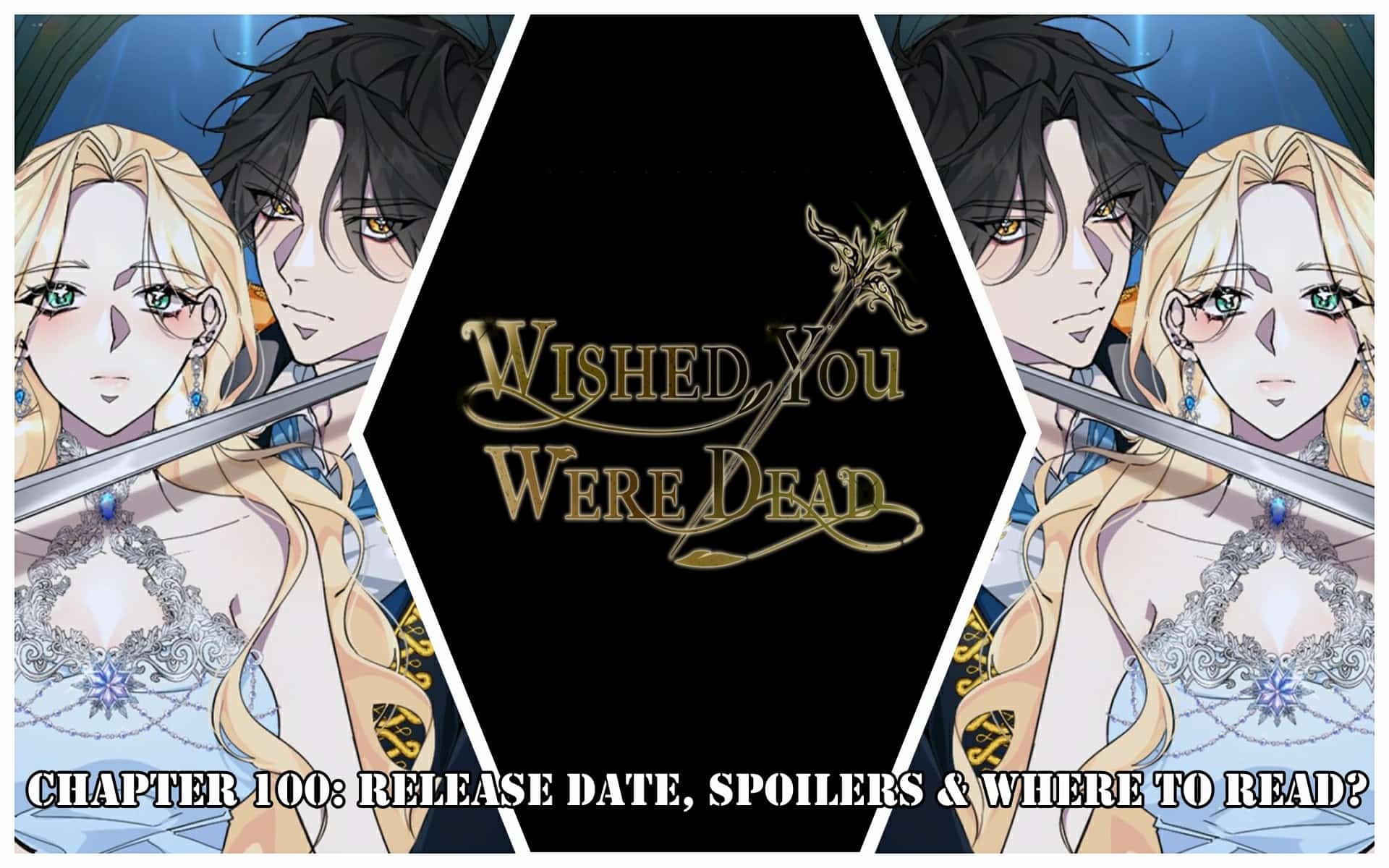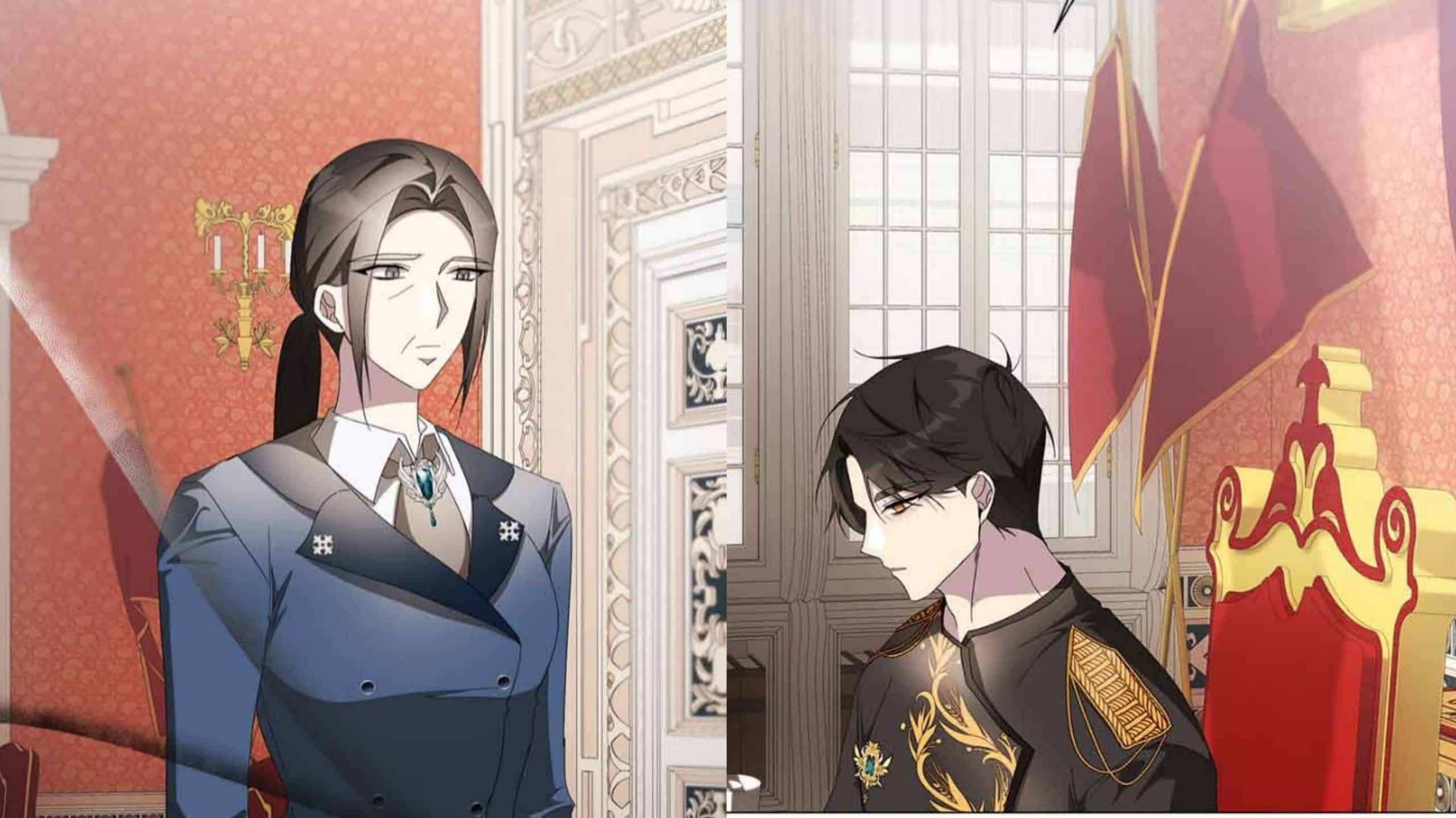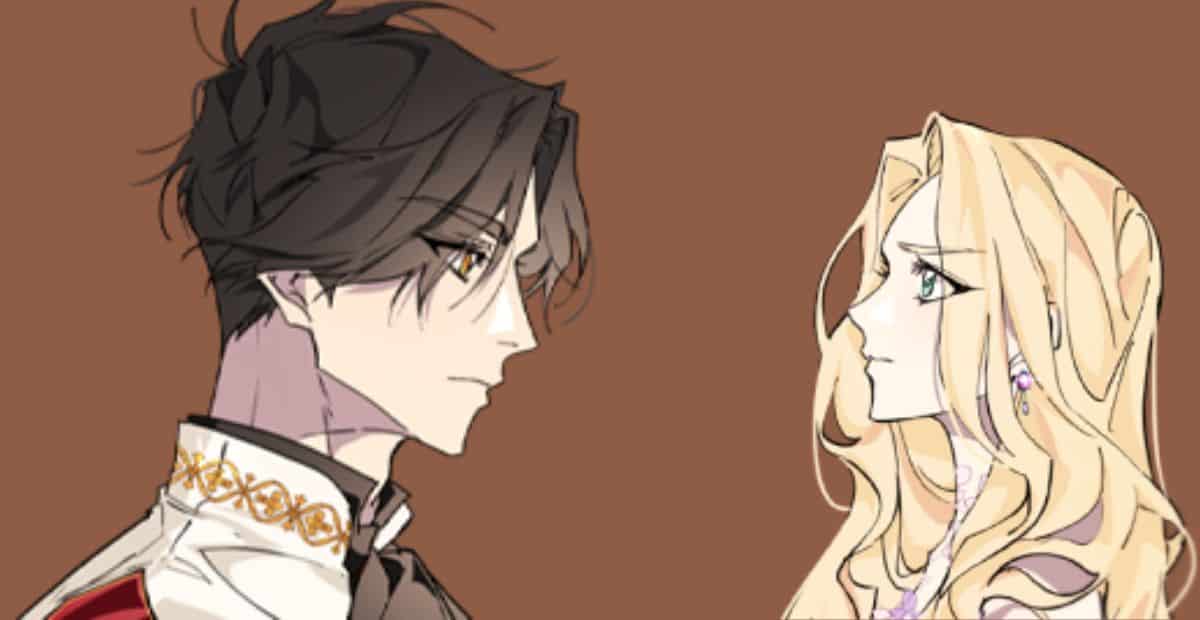Embarking on an exploration of the “Wished You Were Dead Chapter,” we delve into a realm of profound emotions, where characters grapple with the complexities of grief, guilt, and the transformative power of character development.
As we traverse this literary landscape, we will unravel the intricate narrative structure, uncover the profound use of symbolism, and witness the evolution of characters as they confront their inner demons and navigate the labyrinth of their own emotions.
Themes of Grief and Loss

The chapter delves into the emotional journey of characters grappling with the pain of losing a loved one. It portrays the complexities of grief, ranging from denial and anger to eventual acceptance.
Symbolism and Imagery
The chapter effectively employs symbolism and imagery to represent the characters’ emotional turmoil. The use of metaphors, such as “a gaping hole in her heart,” conveys the profound sense of loss and emptiness.
Exploration of Guilt and Regret

The chapter delves into the characters’ struggles with guilt and regret, exploring the consequences of their past actions and decisions. These emotions profoundly shape their interactions and relationships, highlighting the importance of forgiveness and accountability.
Consequences of Choices
The characters’ guilt and regret stem from their realization of the far-reaching consequences of their choices. They grapple with the pain and suffering they have caused others, as well as the missed opportunities and potential they have squandered. The chapter emphasizes the importance of considering the potential outcomes of our actions before making decisions, as even seemingly insignificant choices can have lasting and profound effects.
Importance of Forgiveness
Alongside the exploration of guilt and regret, the chapter also highlights the transformative power of forgiveness. Forgiveness is not about condoning or excusing wrongdoing but rather about releasing the burden of anger and resentment that holds us back. The characters learn that forgiveness is a necessary step towards healing and moving forward, both for themselves and for those they have wronged.
Analysis of Character Development

In the chapter “Wished You Were Dead,” the characters undergo significant growth and transformation as they grapple with grief and loss. Their emotional journeys are complex and nuanced, leading to profound changes in their perspectives and behaviors.
Ethan’s Journey, Wished you were dead chapter
- Confronting Denial and Anger: Ethan initially suppresses his emotions, denying the gravity of his loss. However, as he begins to process his grief, he experiences intense anger towards those he holds responsible.
- Seeking Redemption: Haunted by guilt, Ethan becomes obsessed with finding a way to atone for his past mistakes. His pursuit of justice transforms him into a driven and determined individual.
- Learning to Forgive: Through his interactions with other characters, Ethan gradually learns the importance of forgiveness. He realizes that holding onto anger only perpetuates his suffering.
Sarah’s Journey
- Embracing Vulnerability: Sarah initially struggles to express her emotions, but as she confronts her grief, she becomes more vulnerable and open. This allows her to form meaningful connections with others.
- Finding Strength in Weakness: Sarah’s grief exposes her inner fragility, but it also reveals her resilience. She learns to draw strength from her vulnerability.
- Seeking Meaning: Driven by her loss, Sarah embarks on a search for purpose. She becomes involved in charitable work, finding solace in helping others.
Structure and Narrative Techniques: Wished You Were Dead Chapter

The chapter’s narrative structure is carefully crafted to maximize the emotional impact of the story. The author employs a non-linear narrative, alternating between the present and flashbacks, to gradually reveal the protagonist’s inner turmoil and the events leading to the tragedy.
Use of Flashbacks
The use of flashbacks is crucial in providing context and depth to the characters. Through these flashbacks, we gain insights into the protagonist’s past relationships, motivations, and the circumstances that shaped their current state of mind. The fragmented nature of these flashbacks mimics the protagonist’s own disjointed and fragmented memories, enhancing the sense of emotional turmoil and loss.
Closure

In the concluding chapter, we reflect upon the profound impact of this literary masterpiece, highlighting its exploration of universal themes and the enduring power of human resilience. Through its poignant portrayal of grief, guilt, and the indomitable spirit of hope, “Wished You Were Dead Chapter” leaves an indelible mark on the reader’s heart and mind.
Top FAQs
What is the significance of the chapter’s title?
The title “Wished You Were Dead Chapter” encapsulates the raw emotions of grief and loss, hinting at the profound emotional journey that the characters will embark upon.
How does the chapter explore the theme of guilt?
The chapter delves into the characters’ struggles with guilt over past actions or decisions, examining how these emotions shape their interactions and relationships with others.
What literary devices are employed in the chapter?
The chapter utilizes a range of literary devices, including flashbacks, foreshadowing, and vivid imagery, to enhance the emotional resonance and create a captivating reading experience.
